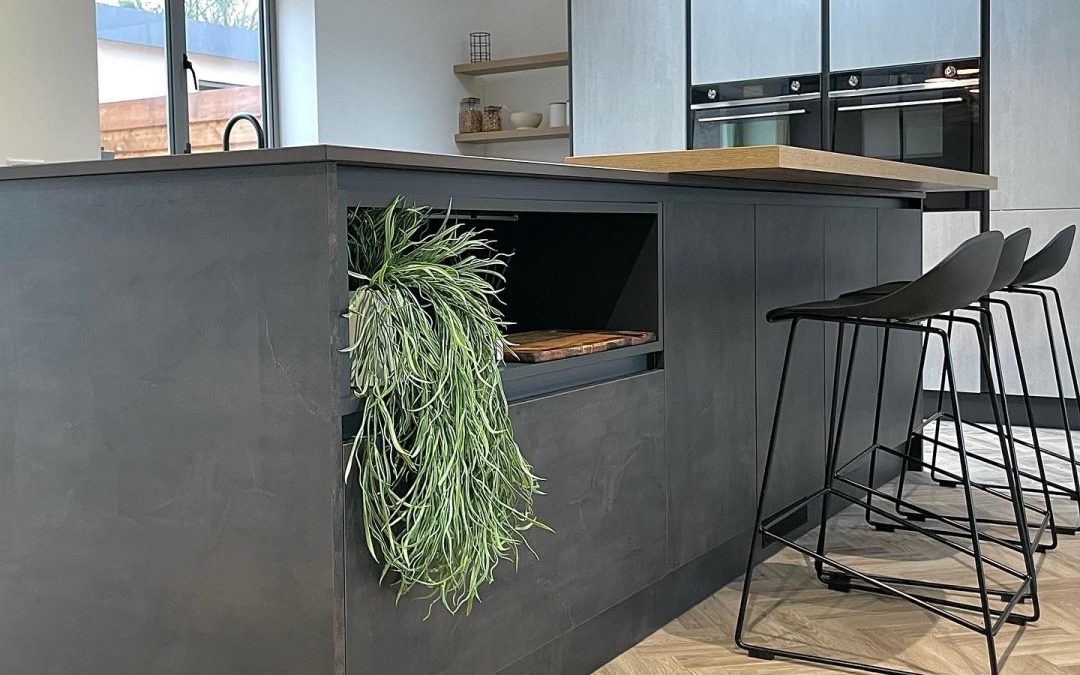In the realm of kitchen design and renovation, lighting plays a crucial role in setting the ambiance, enhancing functionality, and showcasing the beauty of your space. In this blog post, we will explore the importance of incorporating lighting into your kitchen design and offer practical tips to create a well-lit and visually appealing kitchen that seamlessly blends style and functionality.
- Assess Your Needs: Before diving into the lighting design process, assess your specific requirements. Consider how you will use your kitchen space, whether it’s for cooking, entertaining, or family gatherings. Determine the key areas that require ample illumination, such as the cooking and prep zones, dining area, and any architectural features you wish to highlight.
- Plan for Layers of Light: To achieve a well-balanced lighting design, aim for layers of light. This involves incorporating three main types of lighting: ambient, task, and accent. Ambient lighting provides overall illumination, task lighting focuses on specific work areas, and accent lighting adds depth and visual interest. A combination of these layers will enhance the functionality and aesthetics of your kitchen.
- Utilize Natural Light: Make the most of natural light by optimizing window placement and size. Maximize the entry of natural light through large windows, skylights, or glass doors. Natural light not only brightens your kitchen but also provides a sense of warmth and connection to the outdoors. Consider window treatments that allow for privacy while still allowing natural light to flow in.
- Task Lighting for Functionality: Task lighting is crucial in work areas where precise and focused lighting is needed. Install under-cabinet lighting to illuminate countertops, making food preparation and cooking tasks easier. Pendant lights or track lighting above islands or peninsulas provide direct lighting for specific tasks. Ensure that task lighting fixtures are positioned to minimize shadows and glare.
- Create Ambiance with Dimmers: Incorporate dimmer switches to control the intensity of your kitchen lighting. Dimmers allow you to adjust the brightness based on the time of day, mood, or activity. Dimming the lights during intimate gatherings or evening relaxation can create a cozy and inviting atmosphere, while brighter lighting is ideal for cooking or hosting lively gatherings.
- Highlight with Accent Lighting: Accent lighting adds a touch of drama and showcases specific elements in your kitchen design. Use accent lighting to highlight architectural features, artwork, or display shelves. Consider installing recessed spotlights or adjustable track lighting to direct focus and create visual interest.
Conclusion: Integrating lighting into your kitchen design is essential for creating a space that is both functional and visually appealing. By assessing your needs, planning for layers of light, maximizing natural light, incorporating task lighting, utilizing dimmers, and adding accent lighting, you can achieve a well-lit kitchen that enhances your cooking experience and sets the desired ambiance. A thoughtful approach to lighting design will truly elevate your kitchen renovation, ensuring a space that is as beautiful as it is practical.

